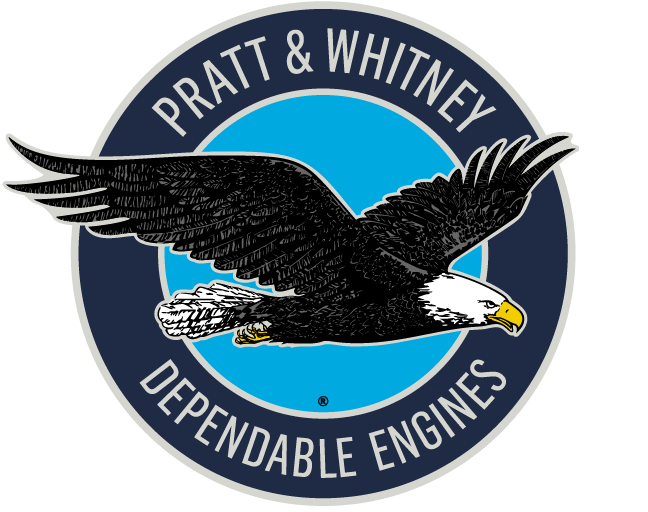 The company Pratt & Whitney, which designs, manufactures, services aircraft engines and auxiliary power units, is teaming up with ST Engineering to develop a 3D printed aero-engine component into its MRO (maintenance, repair, and overhaul) operations. The 3D printed aero-engine is projected to be part of the repair process by mid-2020.
The company Pratt & Whitney, which designs, manufactures, services aircraft engines and auxiliary power units, is teaming up with ST Engineering to develop a 3D printed aero-engine component into its MRO (maintenance, repair, and overhaul) operations. The 3D printed aero-engine is projected to be part of the repair process by mid-2020.
Both companies are trying to introduce 3D printing technology to obtain a faster and more flexible repair solution. Pratt & Whitney’s repair specialist Component Aerospace Singapore (CAS) is also contributing to this project. Considering the expertise of the three companies: the engine part repair for combustion chambers that CAS provides; the design and engineering that Pratt & Whitney contributes; and the experience in applying 3D printing to land transport systems of ST Engineering, the MRO component project looks promising. 
The 3D printed part has been already manufactured and it will be used on a Pratt & Whitney engine, on the engine’s fuel system component. Together, the three companies worked side by side to complete and review the technical dataset as to, not only meet Pratt & Whitney’s quality requirements, but also the use of the part in compliance with the aviation regulations. The 3D printed part is said to “offer an added advantage of reducing dependency on current material supply from conventional fabrication processes.” Pratt & Whitney believe that this proves that additive manufacturing could impact the MRO sector at large.
Chin-Huat Sia, Principal Engineer of CAS, said: “3D printing will be a game-changer for the MRO industry worldwide, especially in servicing even more commercial engines. This technology enables greater flexibility in our inventory management. Following this trailblazing initiative, both Pratt & Whitney and ST Engineering will examine how additive manufacturing can be applied for other aviation components and other engine types, and further developed to enable hybrid repairs and realize the full potential of 3D printing for commercial aftermarket operations.”
Brendon McWilliam, Executive Director of Aftermarket Operations in Asia Pacific, added: “Thanks to the out-of-the-box thinking by our employees at Component Aerospace Singapore, we are now another step closer to scaling the technology to meet our growing aftermarket operations, and industrializing 3D printing for the industry. This ground-breaking innovation is part of the wider technology roadmap by Pratt & Whitney to introduce advanced technologies that integrate artificial intelligence, robotics and automation across our operations as part of our digital transformation.”
Tan Chor Kiat, ST Engineering’s Senior VP of Kinetics Design & Manufacturing commented that: “To 3D print an aero-engine component for a working air turbine engine is a first for us. This also demonstrates our advanced capability to offer a full turnkey manufacturing solution which not only includes production-level 3D printing, but also post processes such as heat treatment and machining.”
This is not the first component in the aviation industry to be 3D printed. Since 2018, GE Aviation, has been using 3D printing technology for quite a while to make components for their jet engines,and has been testing and developing their GE Catalyst, over one third of this advanced turboprop engine was 3D printed by using a variety of metals.
 Image by Yari Bovalino for GE Reports
Image by Yari Bovalino for GE Reports
The post Pratt & Whitney To 3D Print Aero-engine MRO Component With ST Engineering appeared first on 3DPrint.com | The Voice of 3D Printing / Additive Manufacturing.
